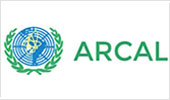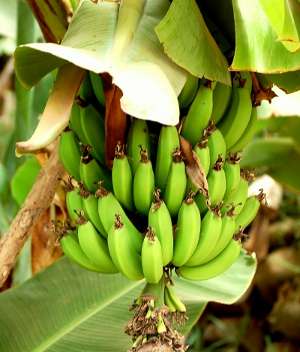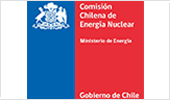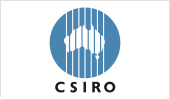|
LABORATORIO DE DETECCIÓN DE OGM‐ INSTITUTO DE BIOTECNOLOGÍA ‐ CICVYA‐ INTA |
|
|
Contact person: |
Viviana Cecilia Pedroarias |
|
E-Mail: |
This email address is being protected from spambots. You need JavaScript enabled to view it. |
|
Mandate of the Laboratory: |
To provide a GMO detection services in samples of grains, seeds, processed foods, to different external or internal customers to INTA in accordance with regulatory requirements or market. To train to national and international laboratories in different methodologies for the detection of GMOs, through personal training and specific courses. To develop methodologies to detect new events according to the lawsuits filed by regulations or market. To advise the public interested in the various issues related to GMOs, their regulation and methodologies for detection. |
|
Role in the farm-to-fork chain: |
Argentina is one of the countries with the highest adoption of genetically modified crops worldwide representing 20% of the area planted to these crops. |
|
National Reference Laboratory: |
Yes, the laboratory is representing the country in international forum and is a reference in the country and the region. |
|
Type of contaminants analysed: |
Genetically Modified Organisms |
|
Matrices analysed: |
Grains, Seeds, Food, feed, green material, honey, pollen, raw materials for the food industry. |
|
Combination matrices and |
|
|
Description of validated method used: |
q PCR (quantitative Chain Reaction polymerase) and PCR tf |
|
Laboratory accredited according to ISO17025: |
Yes |
|
Provision of interpretation of residue |
It provides data interpretation |
|
Laboratory certified according to GLP: |
No |
|
Is laboratory available for research and |
Yes |
|
Is the laboratory available for quality |
Yes |
|
Is the laboratory available for expert |
Yes |
|
Is the laboratory available for ad hoc on- |
Yes |
|
Is the laboratory available for ad hoc |
Yes |
|
Is the laboratory available for
|
Yes |
|
Is the laboratory available for
|
Yes |
 Vienna, Austria
Vienna, Austria 













